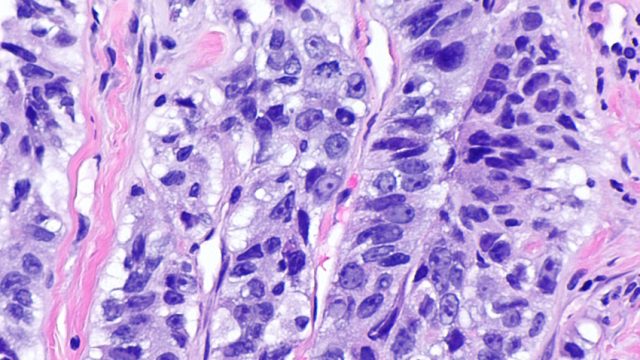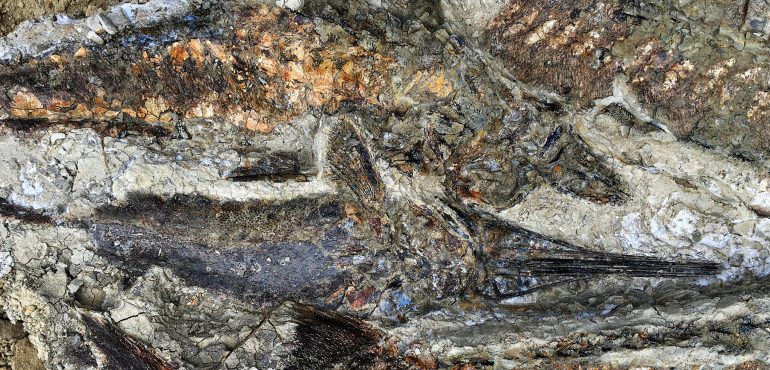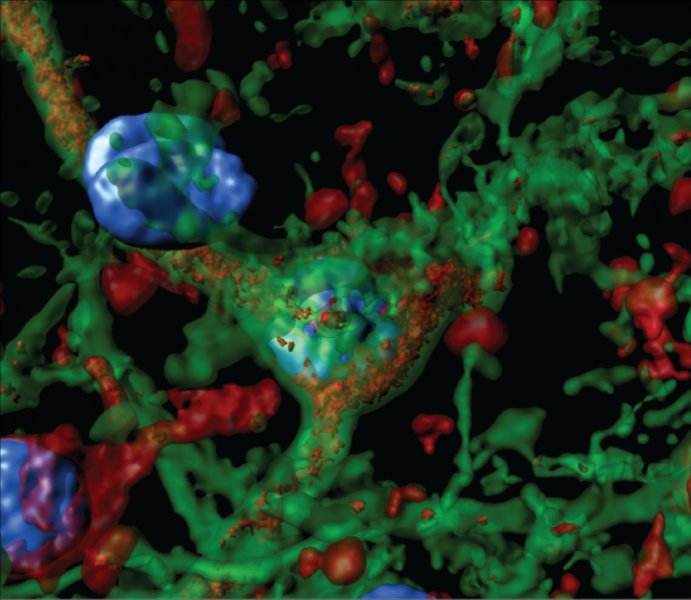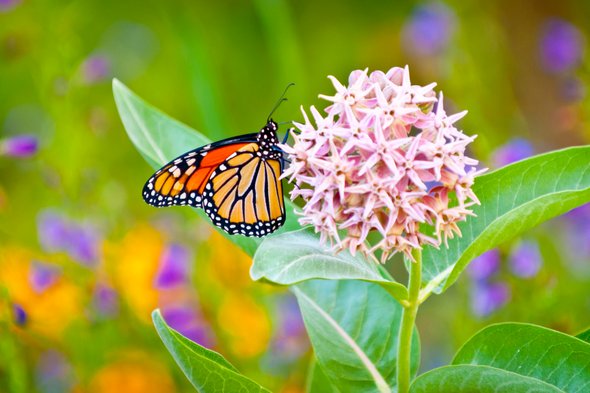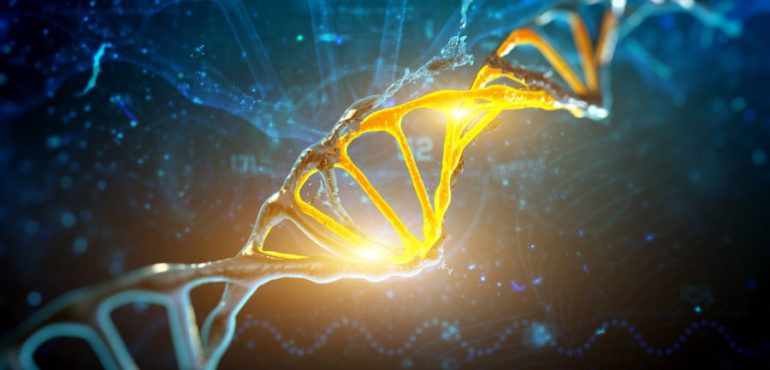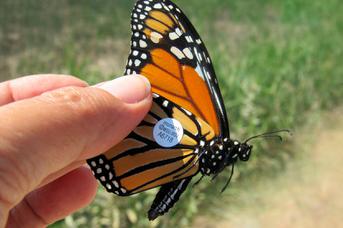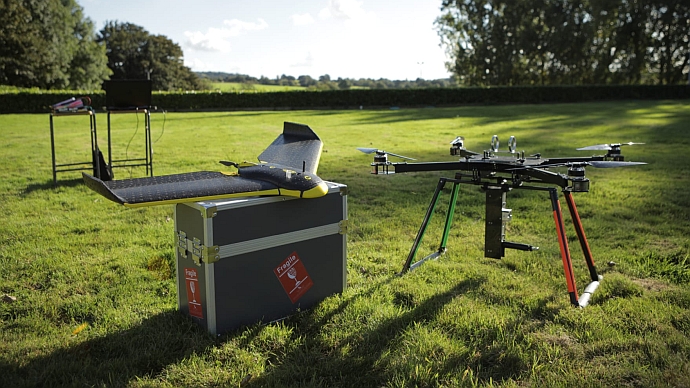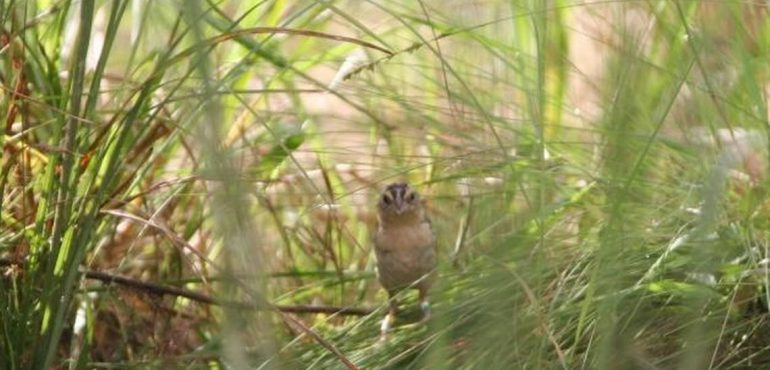The large outer leaves of the vegetables were “literally riddled with holes, more than half their substance being eaten away.” With each step he took around the ravaged cabbages, tiny swarms of little ash-gray moths rose from the ground and flitted away. This was, it appears, the first record in the United States of the diamondback…
Read more
A Clever New Strategy for Treating Cancer, Thanks to Darwin
